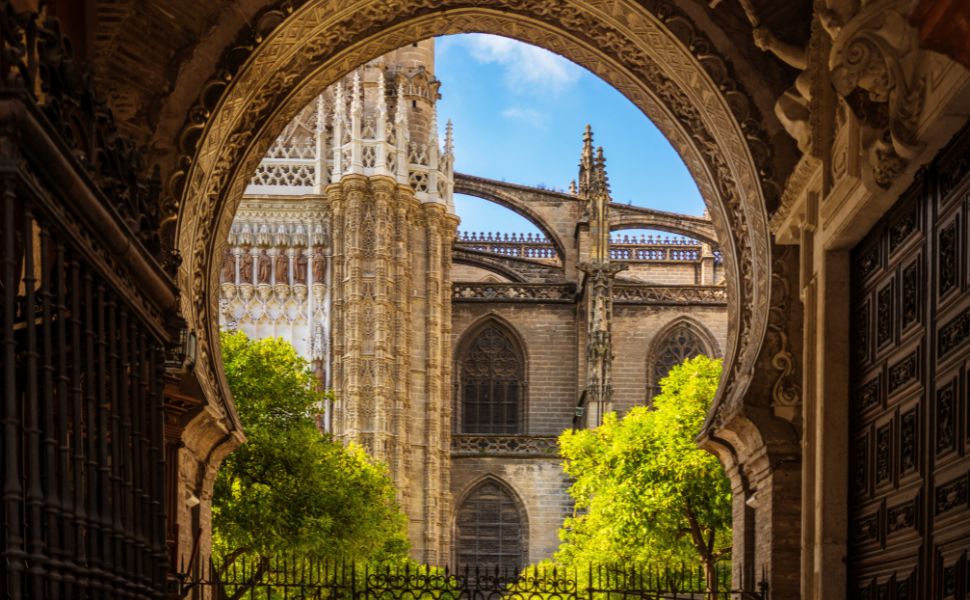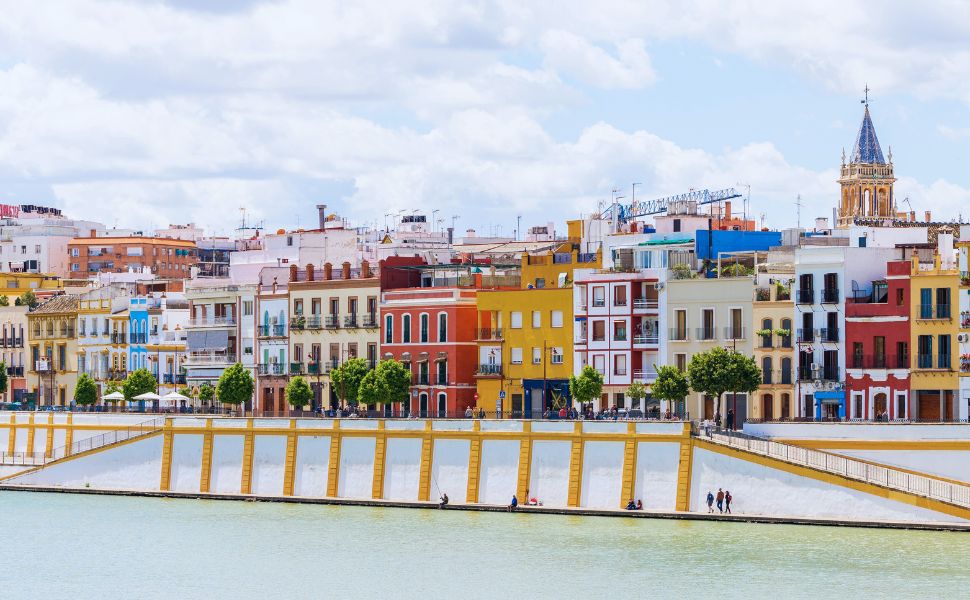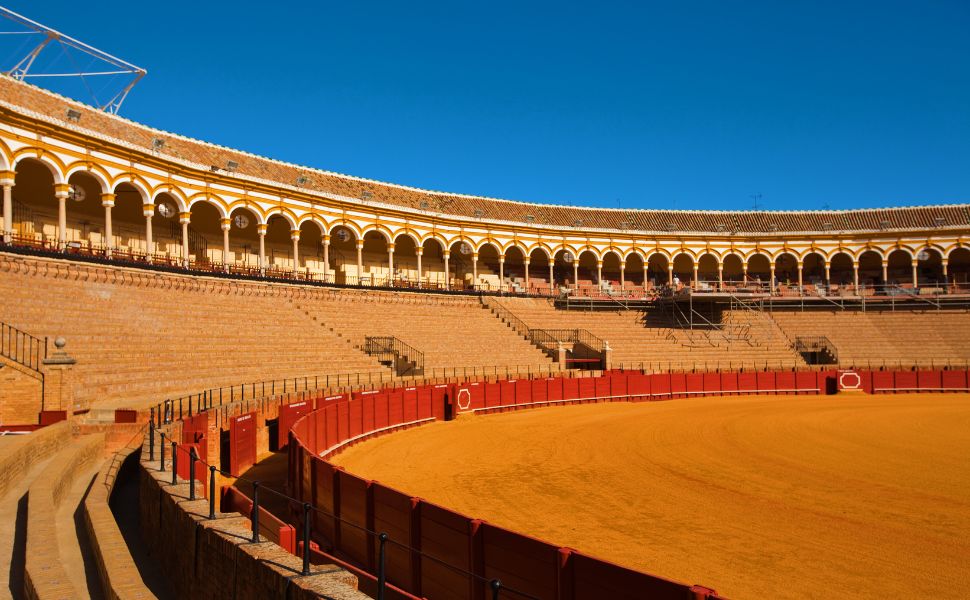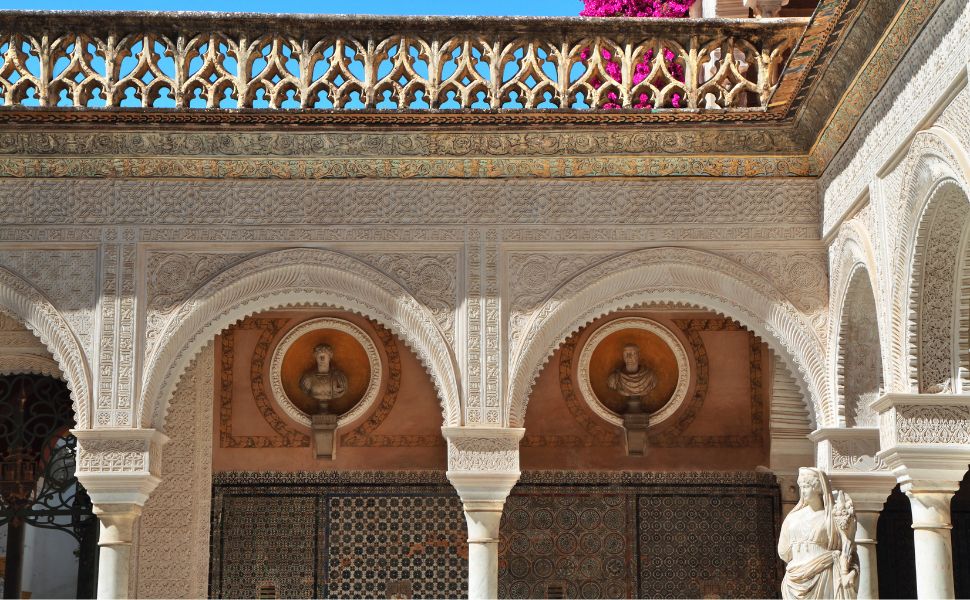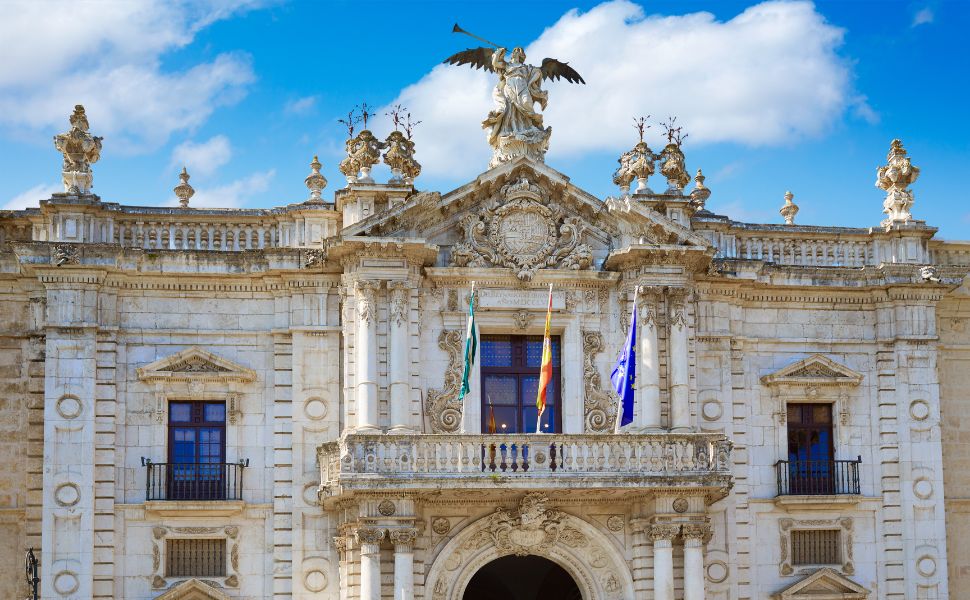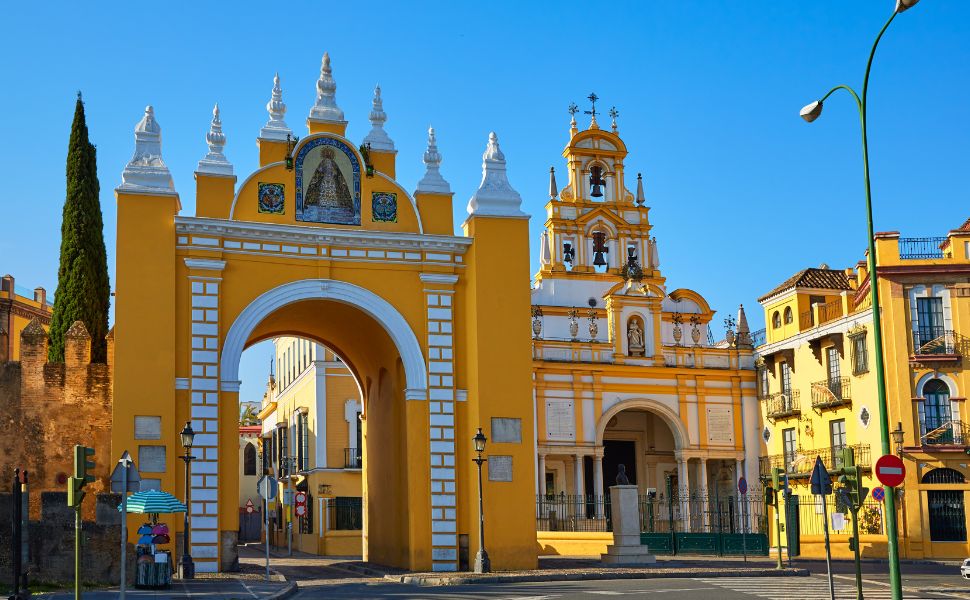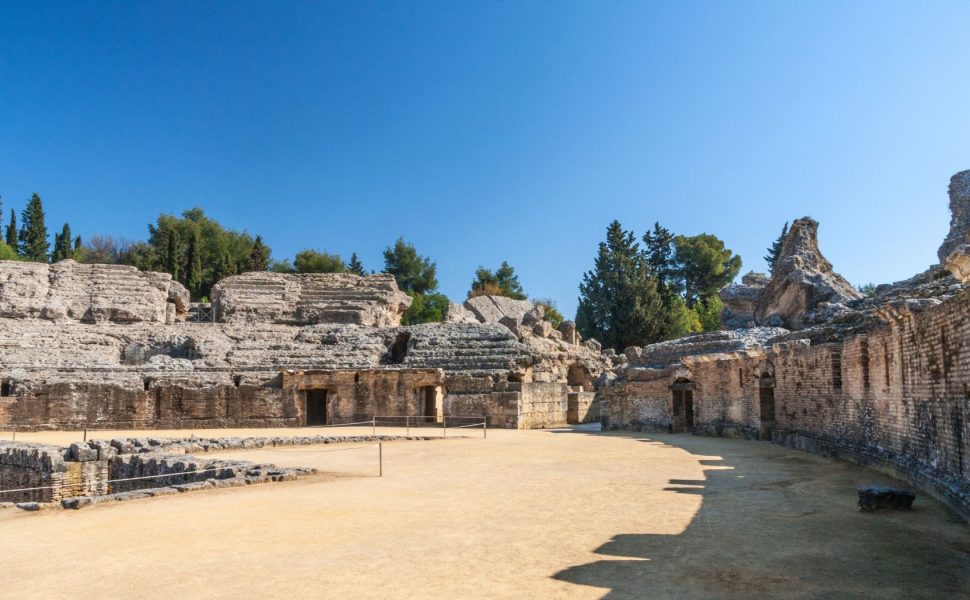Seville, the heart of Andalusia.
Is a premier destination for yachts in Andalusia, offering a unique blend of history, luxury, and maritime excellence. As the only Spanish city accessible by yacht via the Guadalquivir River, it provides an exclusive sailing experience with breathtaking views of landmarks like the Torre del Oro, the Giralda, and the Alcázar. Yacht owners can enjoy world-class marinas, top-tier provisioning, and bespoke experiences, from fine dining and flamenco to private guided tours. With its warm climate, rich culture, and vibrant atmosphere, Seville is the ultimate stop for those seeking sophistication, adventure, and unmatched yachting prestige in Andalusia.


